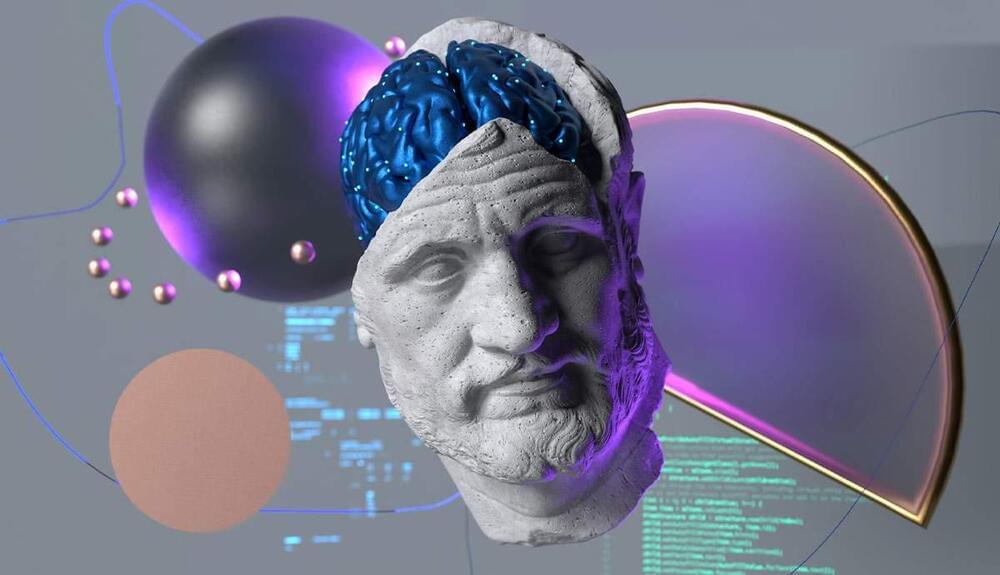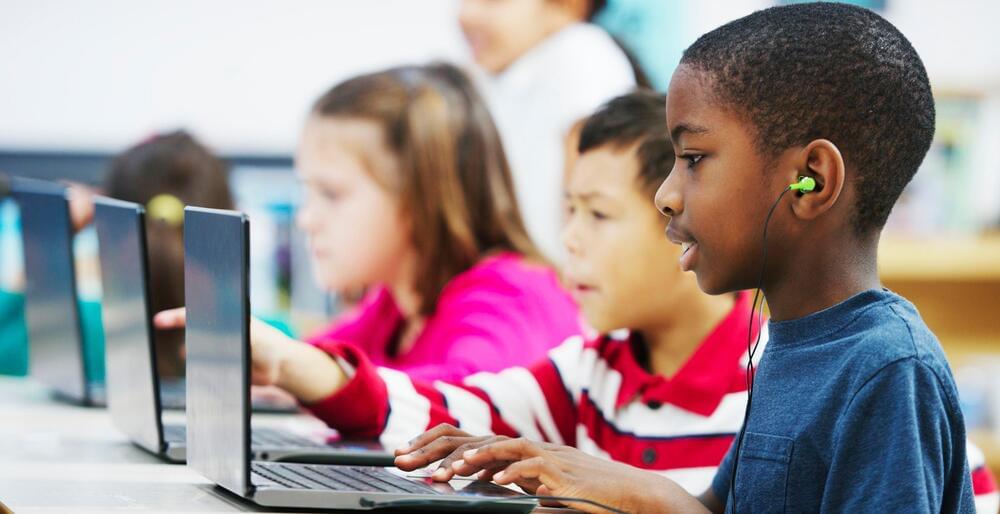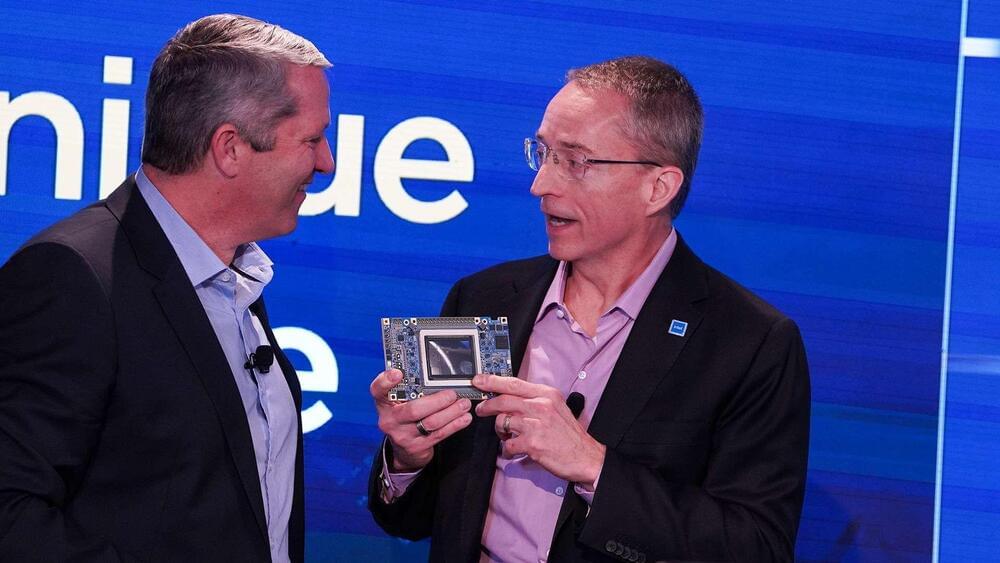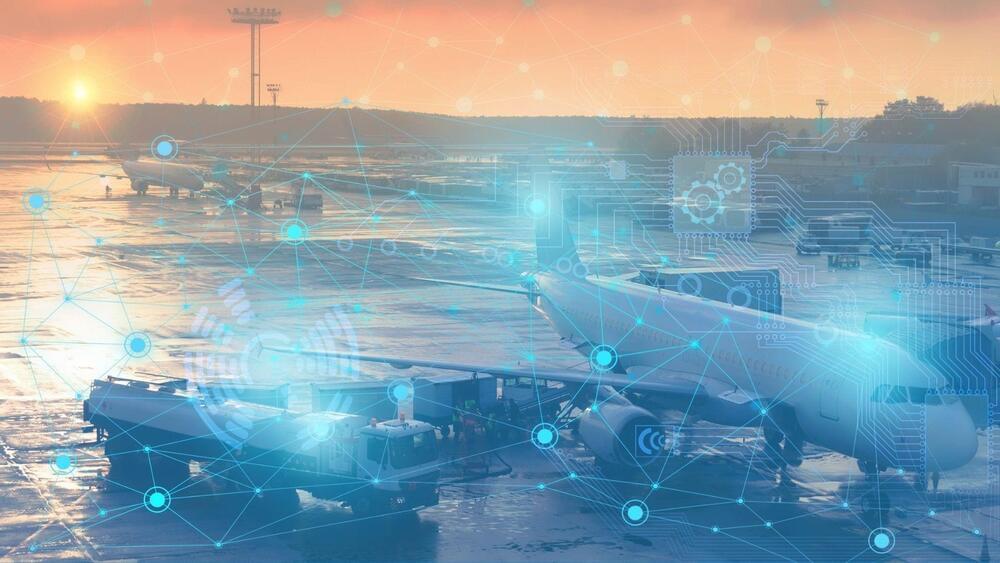Find out which philosophical theories and ideas triggered and contributed to the discussion about AI (Artificial Intelligence).



The teacher shortage crisis is a major concern, casting a shadow on educational quality across the globe. In this academic climate, the rise of AI in the classroom sparks both hope and skepticism. Alpha school is leading the way, devoid of traditional teachers and reliant on its AI-powered curriculum and “guide” system. This innovative approach offers a glimpse of a promising future where technology and human ingenuity merge to redefine education.
AI has become a game-changer in education by customizing learning experiences according to students’ individual learning styles and paces. Alpha’s app-based tutoring system is a prime example of this. It is personalized for each student’s strengths and weaknesses, a significant departure from the traditional “one-size-fits-all” classroom approach. For instance, consider a child who struggles with math concepts. AI can modify the exercises and explanations to suit their learning style, enabling them to understand the material better.
Moreover, this AI-driven education system offers instant and detailed feedback, which may be lacking in some schools. Such immediate response fosters a deeper understanding and encourages a more engaged learning process. This level of individualized attention is a powerful tool for enhancing knowledge and engagement.

DeepMind’s FunSearch discovers new mathematical knowledge and algorithms.
Google DeepMind has triumphantly cracked an age-old mathematical mystery using a method called FunSearch.
The math problem that FunSearch has solved is the famous cap set problem in pure mathematics, which has stumped even the brightest human mathematicians.


SITA’s report uncovers the changing landscape of travel including the rise of Generative AI and Urban Air Mobility, shaping a dynamic industry landscape by 2033.
Embark on a transformative journey into the future of travel with SITA’s groundbreaking report, unveiling trends like Generative AI and Urban Air Mobility.
The operation cost for the Digit robot is reportedly estimated to be in the range of $10 to $12 per hour.
In a significant leap toward the future, humanoid robots are quietly but steadily becoming an integral part of our daily lives, taking on a myriad of tasks that were once solely the domain of living beings. From assisting with household chores to working alongside humans in professional settings, these machines are slowly reshaping how we live and work.
One of the largest logistics providers, GXO Logistics, has introduced another instance of humanoid robots in warehouse operations by deploying Agility Robotics’ Digit. The robot is undergoing a pilot testing program for logistics tasks at the SPANX facility in Flowery Branch, Georgia.

Over the past 8.5 years, its predecessor, the K5, has successfully patrolled diverse locations across the US, contributing significantly to crime reduction and ensuring safety in various environments, claims the firm.
Knightscope, a prominent developer of autonomous security robots, has officially commenced the shipment of its highly anticipated 5th Generation K5 Autonomous Security Robot (ASR), the company announced in a press release.
This represents a significant milestone for the company and marks a thorough redesign to elevate the flagship ASR’s capabilities. Production is in full swing at Knightscope’s Silicon Valley Headquarters. It is proudly made in America, with machines ready to fulfill nationwide contracts.
Innovations with over 2.5 million hours of field operations
The K5v5 boasts a ground-up design, informed by over 2.5 million hours of field operations, delivering tangible results for real clients. Notable enhancements include a wider stance for a more stable propulsion system, raised camera elevation enabling near eye-level 4K video capture, a revamped battery architecture for improved performance, upgraded audio capabilities for broadcast messages, intercom, and public address, enhanced nighttime visibility with additional lighting, and a significant reduction in part count and assembly time. The redesign prioritizes serviceability and maintenance, ensuring seamless operation for clients.


For the first time ever, researchers show how a large language model can help discover novel solutions to long-standing problems in math and computer science.
The card game Set has long inspired mathematicians to create interesting problems.
Now, a technique based on large language models (LLMs) is showing that artificial intelligence (AI) can help mathematicians to generate new solutions.
The AI system, called FunSearch, made progress on Set-inspired problems in combinatorics, a field of mathematics that studies how to count the possible arrangements of sets containing finitely many objects. But its inventors say that the method, described in Nature on 14 December1, could be applied to a variety of questions in maths and computer science.
